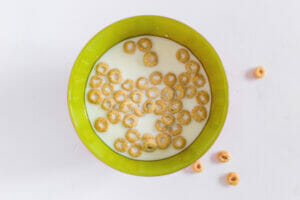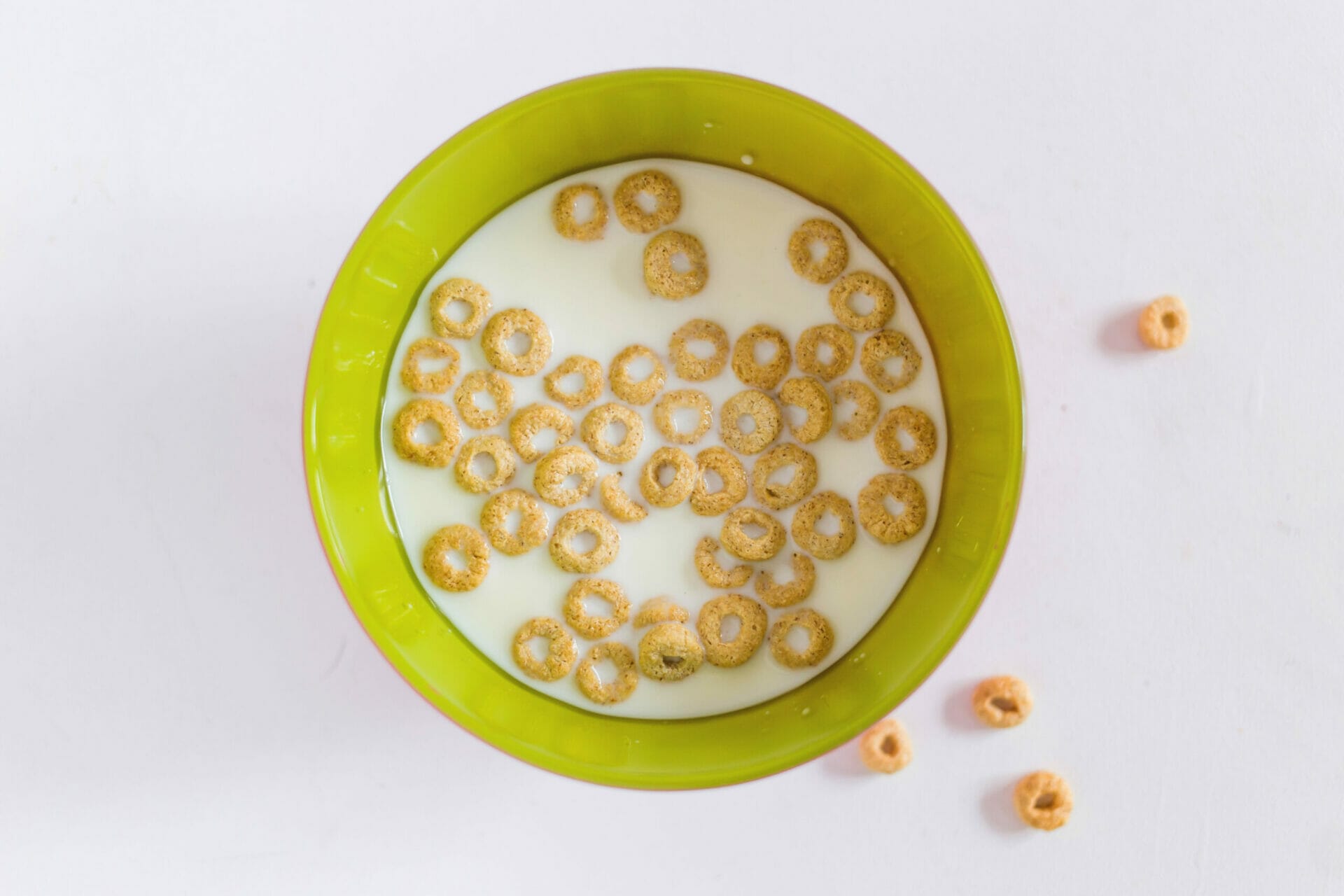 Can you guess what six things Americans are buying less of that makes me very happy?
Can you guess what six things Americans are buying less of that makes me very happy?
- Cereal
In one recent four-week period, cereal sales were down 7%, and cereal giant Kellogg’s sales decreased 10%. The reasons for cereal’s declining dominance at the breakfast table are many. As the Wall Street Journal reported, consumers are more apt nowadays to turn to yogurt or fast food in the morning, and they’re less likely to have time to eat breakfast at home at all—not even if it’s a simple bowl of cereal.
Consumers also want their breakfast to pack more punch, protein-wise. “We are competing with quick-serve restaurants more, but the bigger driver is that people want more protein,” Kellogg CEO John Bryant told the Journal.
2. Milk
It’s no coincidence that milk sales have been falling alongside cereal, with cow’s milk struggling especially due to the rise of alternatives like soy and almond milk.
3. Orange Juice
Sales of yet another breakfast-at-home staple, orange juice, have plummeted 40% since the late 1990s.
4. Soda
The crash of soda—diet soda in particular—has been years in the making, with consumers increasingly turning to energy drinks, flavored water, and other beverages instead of the old carbonated caffeine drink of choice. The latest Wall Street report from Coca-Cola showed that the soda giant missed estimates, partly because sales of Diet Coke in North America fell in the “mid-single digits.”
5. Cupcakes
Well, it looks like many of us at least have stopped buying the pricey “gourmet” variety of cupcakes. Is the gourmet cupcake trend officially dead?
6. Bread
According to one survey, 56% of American shoppers said they are cutting back on white bread. White bread was surpassed in sales by wheat bread sometime around 2006, but in recent years the gluten-free trend has hurt sales of all breads. Sales are even down in European countries like baguette-loving France, where consumption is down 10%. In American restaurants, meanwhile, there’s an epidemic of free bread disappearing from tables, as fewer owners want to bear the expense of putting out free rolls and other breads that no one is going to eat.




























